Our Eri Shawls and How They Got Their Names
Muezart is on a mission to regenerate the cottage industry behind a less-known silk called Eri silk and the women who make it. Yes, mostly women take on Eri silkworm rearing, spinning Eri silk yarn and weaving. Muezart works with a network of women Eri silkworm rearers in the Ri Bhoi district of Meghalaya.
Eri silk is also called peace silk as the moths that generate the silk are not killed before the silk is spun. Eri silk is known for its thermal qualities (warm in winter and cool in summer), its softness, at the same time sturdiness.
It is a sustainable, eco-friendly fiber as the raw material used in the production cycle – being the silkworms and the castor leaves they eat – come from nature and can be regrown/multiplied quickly; and the environment is not disturbed in any way during the process. Even the dyeing is done using nature given colors.
To support the Eri silk weavers and to keep the rich tradition of Eri Silk weaving alive, Muezart is creating a market for the hand woven Eri silk shawls, stoles, and scarves. If you visit the page you will find that our shawls have creative names.
We are going to tell you the stories behind three of the names of our hand-woven shawls. Ready?
Lillium – A Link Between Two Moms
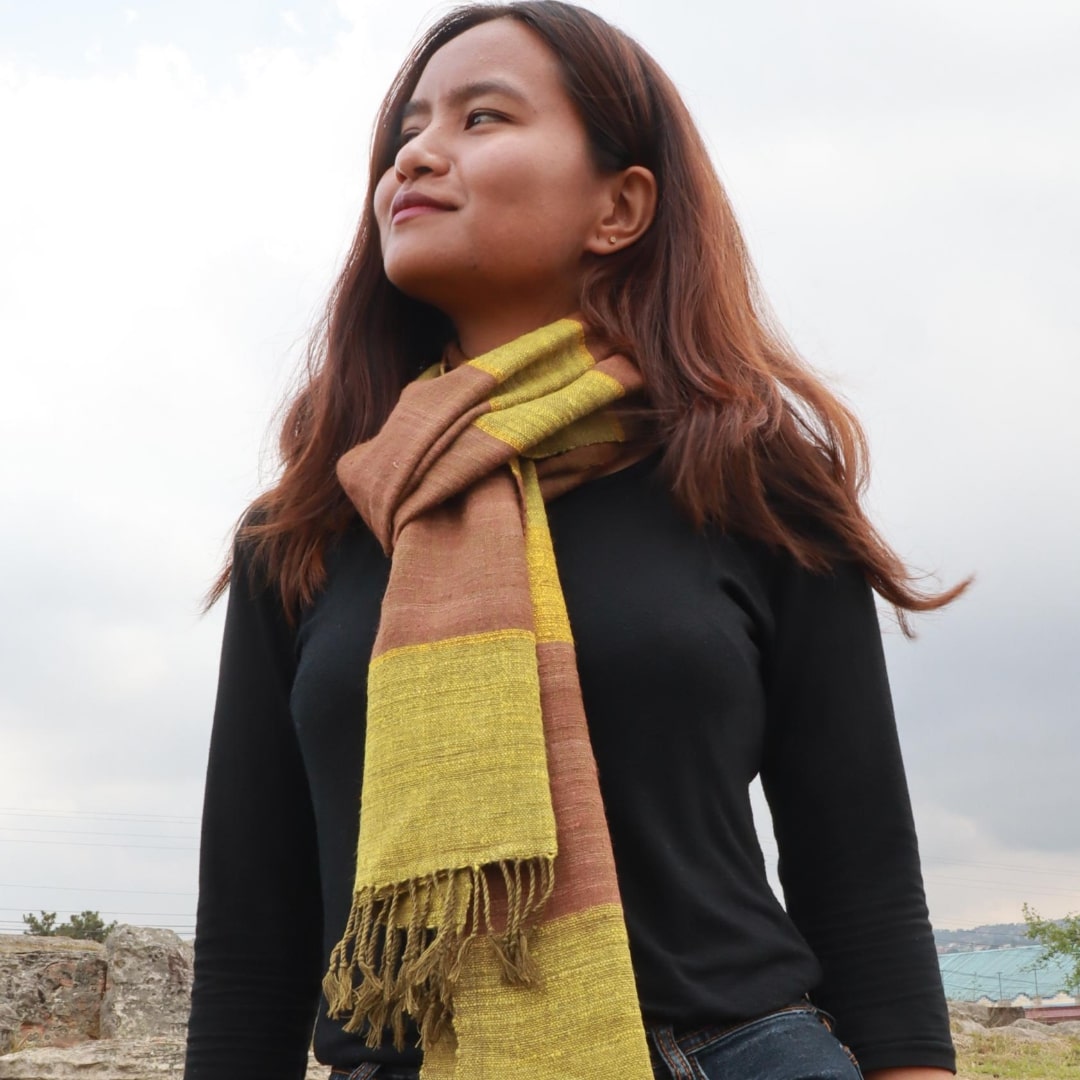
This stole is named Lilium, inspired from a variant of a lily flower. How did it get its name? Let us ask Miranda, who named it.
“Lilium is my mom's favorite flower. It was a bright spring afternoon when Khraw came to the Muezart studio with the shawls created by one of our master weavers, Kong Tmung. I opened the package and saw a lovely hand-woven shawl in earthy tones. Just then a whiff of scent wafted up from the Eri silk shawl. Somehow it reminded me of Lilies and my mom. It took me no time at all to suggest that the stole be called Lilium and my colleagues agreed”.
There is more to this story.
A person from UK came across our website and ended up buying a Lilium. His wife sent us a touching note:

It was lovely and heart-warming to know how our shawl's name touched our customer's heart and a shawl that was named after a mom was bought in memory of another mom.
Kyntang – A Good Luck Design
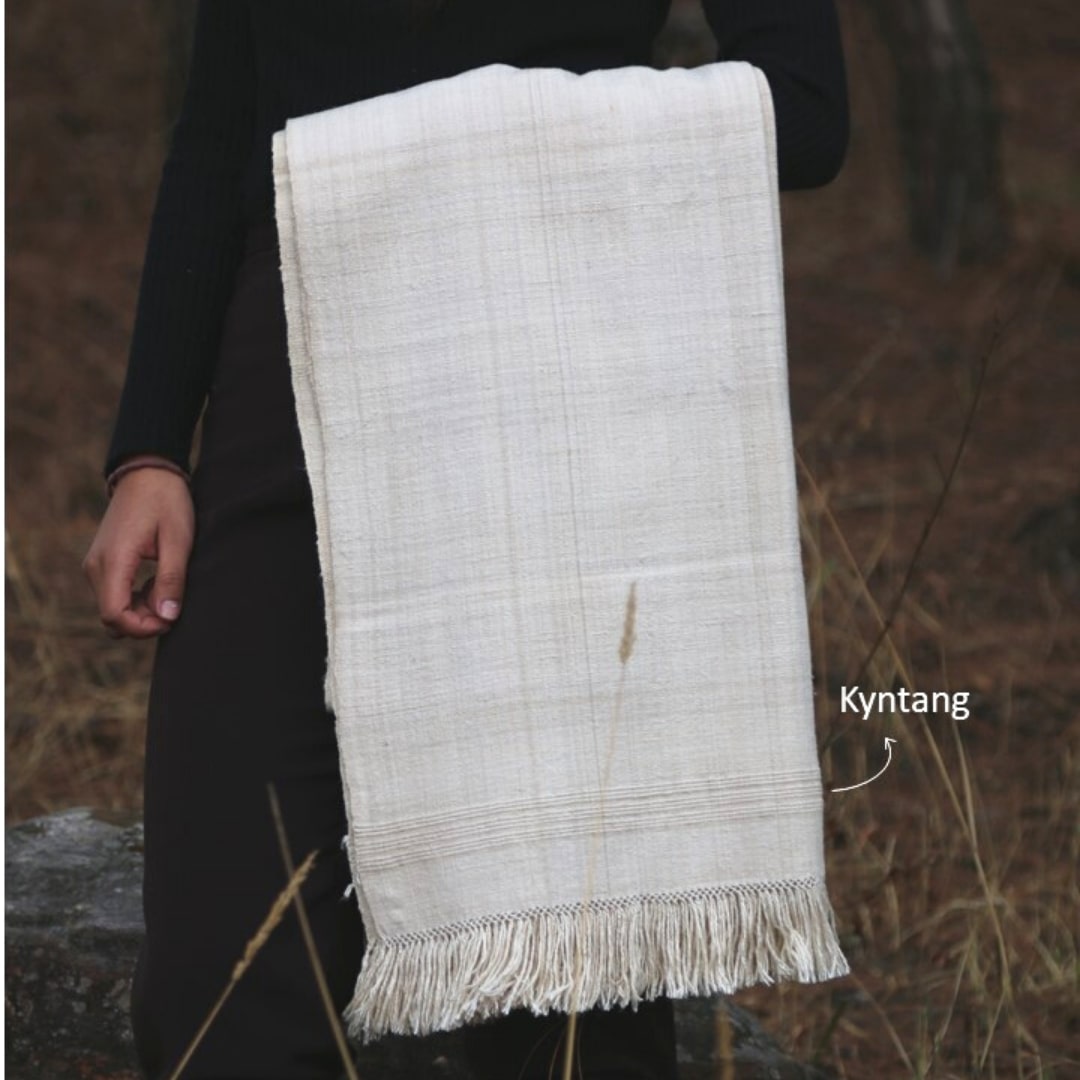
Notice the woven stripes in this Kyntang Eri silk shawl
Here is the story of how we came up with Kyntang as the name for this design.
It was during one of our epic trips that we visited Bah Jalong (Bah is a respectful way of addressing men in Khasi), a weaver and natural dyer who owns a small workshop in village Khweng, Ri Bhoi district.
He showed us his collection of hand-woven shawls of different colors – we noticed that all of them had the same design at both ends – three bands or, what you can call, stripes.
We got curious and asked him. He said that according to folklores the three stripes at the end of a traditional Eri shawl is believed to bring good luck and protect the owner from evil spirits. The stripes are woven at both ends of the shawl, as symbolic shields on all sides. And those three stripes are called Kyntang, which means ‘Blessed’ in Khasi.
So, Kyntang became the name of our Eri silk shawl with three stripes at both ends.
Bah Jalong has customers from Japan and Thailand who love his shawls with the Kyntang stripes.
SYIEM – Name Inspired by a Crown
Syiem is a clan name in Meghalaya and their Chief is treated like God.

Our Syiem shawl is inspired from the Khasi crown that the ladies wear for dance festivals and ceremonies. Like what you see in the image below.

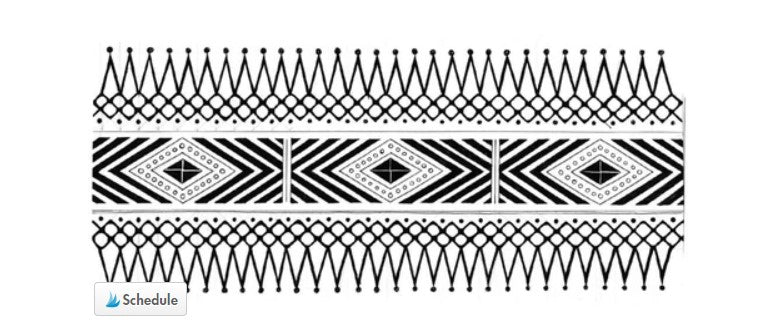
The crowns have geometric patterns, as also floral and animal designs that are said to be based on folklores and legends.
That is all about names of our hand-woven shawls, Eri silk ones.
Two more interesting tidbits about our traditional shawls. One about the popularity of Tartan design in shawls in Shillong and about the beautiful tassels in our shawls.
The Shillong – Scotland Connection
Shillong, the city of the Muezart studio, is known as the Scotland of the east. It is not just the climate or the scenic beauty that makes the capital of Meghalaya feel like a piece of Scotland. The local’s love for Tartan too.
The Tartan design was inspired by the British missionaries. Just as Tartan is a popular design for kilts in Scotland, it is a design of choice for shawls for many Khasis.
As Meghalaya is at an elevation, the climate can get chill. So, most people, both men and women, wear shawls. Tartan design is among the very traditional ones and almost everyone owns at least one shawl in that design.
A Village Centre with Many Wearing Tartan Shawls
I have a little story to share. It was a cold winter day, early morning, when we landed in the small village of Mawkynrew. The Muezart team was on its way to visit Kong Tharina’s village to check on the new men and women who had joined our network and had started on the Eri silkworm rearing project.
What caught our eye in this small village was the very “alive tradition” of men, women, and children all wearing the tartan shawls called ‘Tap moh khlieh’ in Khasi. Watch the video to see this age-old apparel tradition. You will walk with us down a village center and see for yourself the number of woolen tartan shawls the village folks are using.
Doesn’t Everyone Look so Cute and Cozy in The Tartan Prints?
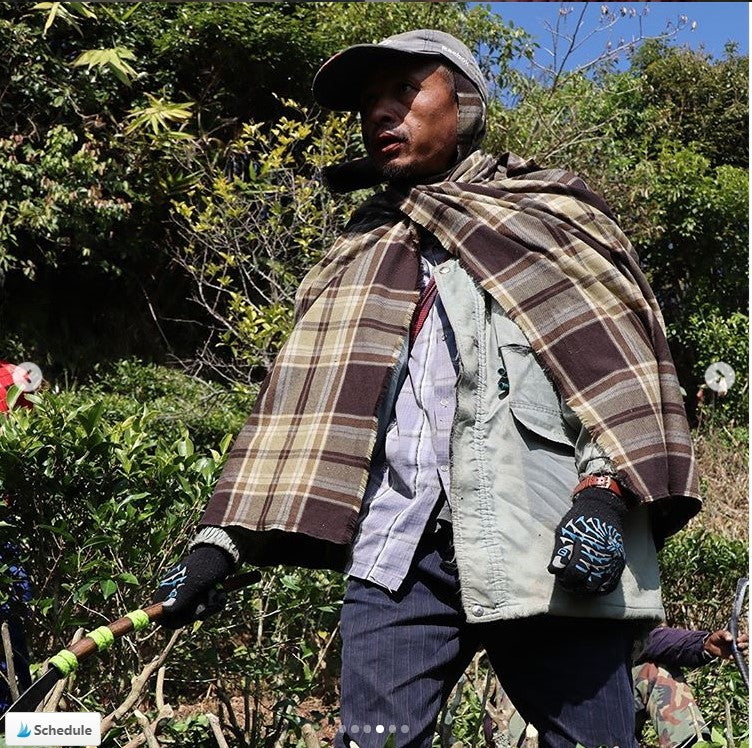
Our Customer Loved the Tartan Weave
The first shawl we ever sold was to a woman in Seattle. She loved the tartan weave and the naturally dyed colors. The weight of the shawl was perfect for the Seattle weather, so similar to Meghalaya. Wet, humid, rainy in the spring. Cold and wet in winter. Cool in summer.

Here’s Jill, our customer, wearing the Eri silk shawl handwoven in the tartan design.
The weight, the texture, the unique properties of Eri silk – warm in winter and cool in summer – makes it the perfect year-round shawl.
Lovingly Done Tassels in Eri Silk Shawls
The tassels on our silk shawls are intricately handmade by our women weavers. They are unique. This method of tying knots to create the tassels is known as ‘Pyrdat’ in Bhoi language.
Such work takes a heart and a head – the love for their crafts and the skills that have been passed on to them.
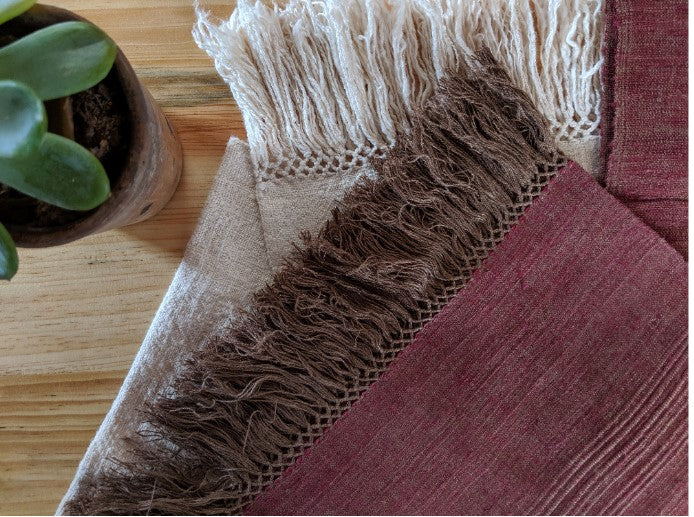
Before we sign off, we wanted to share this picture with you.

Here is a friend of our sister concern Zizira - an elderly lady from Jaintia hills district of Meghalaya who is a turmeric farmer wearing her favorite shawl. Notice the tassels! These are cool too.
Do you own a shawl that is special for you? Do share its story with us.
Check out the designs and names of our shawls and tell us – which name did you liked the best.



Leave a comment